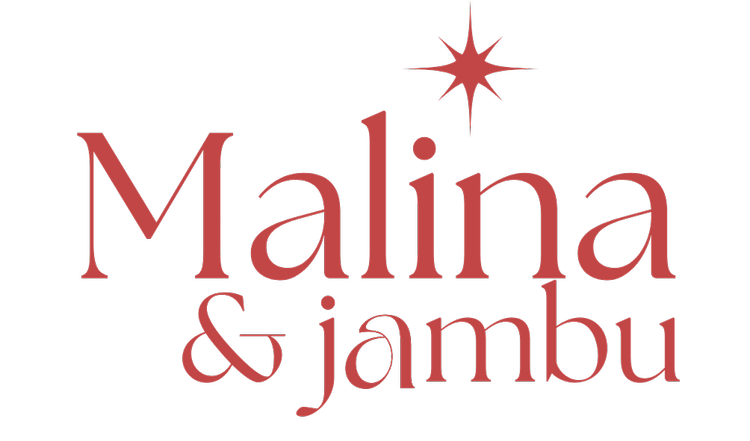
Because the ECV communities did not have strong infrastructures in place, we knew it would be a challenge to connect to existing water pipes to provide drinking fountains at our stops. Our team thus identified a company called Zero Mass Water, which manufactures SOURCE hydropanels which absorb moisture from the air to produce clean, potable water that is safe from air-borne pollutants. A standard array (2 panels) costs $5,500, and can produce between 4 to 20 liters per day. Even in the arid ECV, these panels were a viable technology, which require less than 10% humidity to function. Maintenance of these panels would only need to occur twice annually, and can be performed by someone trained locally.

We designed samples of posters that could be placed at bus stops, to change the perception of bus riders from “low-income” to “savvy and consumption-smart”, using principles of inclusive design (using high contrast text for readers with color-blindness, having braille and text-to-speech options available, etc) and social psychology research. Posters were in Spanish because 97% of ECV residents spoke Spanish as their first language, with the option for translations available through a (mock) QR code. The main text on the left translates to “The people of California care about the environment. We take the bus! Did you know? A passenger on a full bus emits six times less carbon than in a car!” “The people of the ECV contribute to a climate-smart future. We take the bus! Did you know? Buses use 4x less energy than cars.” This phrasing uses evidence-based framing of bus riders as part of an in-group. The text on the right forms a similar framework.

We found a variety of solar panel lighting options with variable light intensity controls throughout the day, to increase safety in the area around the stops. Many claim to be able to remained powered for three days after one day of solar charging, and are also equipped with phone charging outlets to use excess energy generated.







Because the ECV communities did not have strong infrastructures in place, we knew it would be a challenge to connect to existing water pipes to provide drinking fountains at our stops. Our team thus identified a company called Zero Mass Water, which manufactures SOURCE hydropanels which absorb moisture from the air to produce clean, potable water that is safe from air-borne pollutants. A standard array (2 panels) costs $5,500, and can produce between 4 to 20 liters per day. Even in the arid ECV, these panels were a viable technology, which require less than 10% humidity to function. Maintenance of these panels would only need to occur twice annually, and can be performed by someone trained locally.
We designed samples of posters that could be placed at bus stops, to change the perception of bus riders from “low-income” to “savvy and consumption-smart”, using principles of inclusive design (using high contrast text for readers with color-blindness, having braille and text-to-speech options available, etc) and social psychology research. Posters were in Spanish because 97% of ECV residents spoke Spanish as their first language, with the option for translations available through a (mock) QR code. The main text on the left translates to “The people of California care about the environment. We take the bus! Did you know? A passenger on a full bus emits six times less carbon than in a car!” “The people of the ECV contribute to a climate-smart future. We take the bus! Did you know? Buses use 4x less energy than cars.” This phrasing uses evidence-based framing of bus riders as part of an in-group. The text on the right forms a similar framework.
We found a variety of solar panel lighting options with variable light intensity controls throughout the day, to increase safety in the area around the stops. Many claim to be able to remained powered for three days after one day of solar charging, and are also equipped with phone charging outlets to use excess energy generated.
